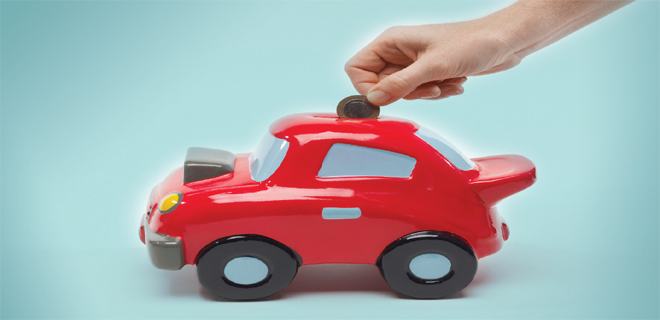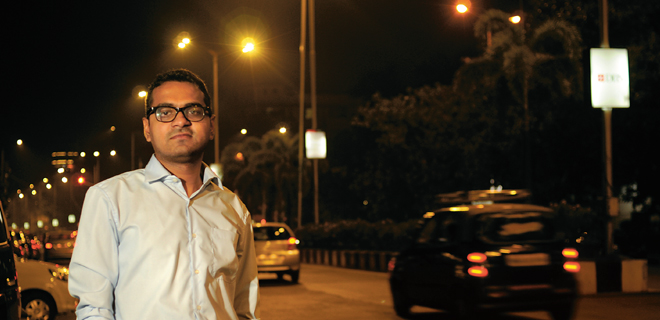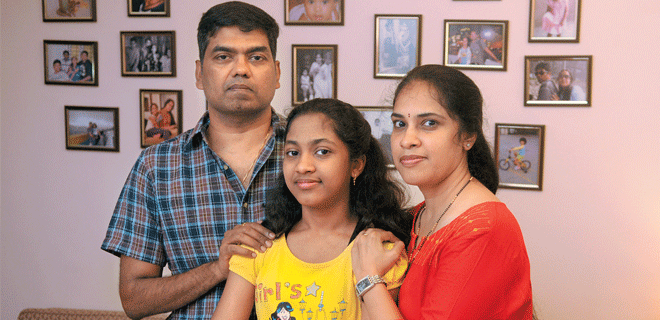Financial Services Advertising A long way to go
Attractive ads by fincial services industry communicated well in past and future looks promising too

The last 18-20 years have been a roller coaster ride for financial services advertising—from big bang IPO ads to big budget logo change ads by banks, we saw a lot of action. Interestingly, mutual funds and insurance advertising stood out by presenting unique stories. Two of the most memorable advertisements in this period would be the campaign for ICICI Pru Life Insurance which urged a young man to plan to retire, not from life but from work. Set to evocative music and words, it touched a chord with many a young man caught in the rat race of success and wealth.
In a parallel move, life insurance companies also started presenting old men and women having a good time. In an ad for SBI Life we saw an old man gifting his wife a diamond and when asked ‘Is Umar main heere?’ (Diamonds at this age?) he replies ‘Heere ko kya pata teri umar kya hai?’ (How will diamonds know what is your age?)
In another mutual fund advertising, we saw an old man packing his bags as his wife admonishes him where he is heading out, once again. He explains that his walking friends’s sister’s grand daugther’s wedding was happening in Kolkata and he was planning to head out there. The ad presents how with wise savings, your old age can be fun.
So both life insurance and mutual funds have tried to present a rose tinted old age picture and they seem to be striking a chord. If in the 1990s the only thing you bought with a loan was a house, in the 2000s, Indians started showing their ability to take loans for a lot more than just a home. Maruti even advertised a low EMI of Rs. 2,499 for buying a car.
Indians were used to dealing with money and banks on a face to face basis. This habit was broken by HSBC with the launch of their ATMs that were called ‘Any Time Money’ machines. Citibank tried its best to sell credit cards and ran one of India’s best direct marketing campaigns. Finally it was the ubiquitous ATMs and mandatory debit cards that made Indians start using plastic money in a big way. There are reported to be over 600 million debit cards in circulation in the country.
The growth of the internet and the rapid computerisation by government departments have brought about major change in consumers’ approach to banking and online transactions. Online information databases are making share trading and share tracking fun, with profit to boot, to the extent digital advertising is today one of the most widely used mediums by financial services brands.
The last few years have seen the emergence of e-commerce in many different hues. From fashion to grocery to cab services to movie tickets to bus and train tickets, we have seen a huge growth of online purchases. As far as mobile wallets and other payment options is concerned, the game is just about starting. With over 200 million smartphones, we are going to see a strong play for a position in the mobile phone. The announcement of Unified Payment Interface (UPI) should see more excitement in this space and more advertising as well.
IPOs during their heydays managed to create huge traction. Companies like Reliance Industries created an equity culture in the country by communicating widely and offering innovative products and options. Unfortunately we have had to pay the price for the unscrupulous ways of a few market players. This has led to money moving back into fixed deposits, gold and real estate. While Indian GDP has continued to grow over 7 per cent in the last two decades, Indians have not lost their desire to save. But a lot of it is in the form of gold and is not entering the capital market. Can advertising play a more active role in catalysing this change, I wonder.
The coming years will see some interesting new scenarios developing. The automatic cash transfer to bank accounts will create millions of new bank account holders. New products driven by technology innovation like UPI coupled with the ubiquitous mobile phone will create new ways of payments.
These coupled with consumer culture taking root will open up new avenues for saving and spending. Why should loans be restricted to just cars and homes, why not for a foreign holiday or a home improvement plan? Will the equity culture too spread its wings as markets become more transparent and trust in the regulator goes up? Just as Sanjeev Kapoor and his ilk have made cooking fashionable and fun, do we need Indian avatars of Warren Buffet and Charlie Munger to spread the equity culture?
The last 18 years were interesting for financial services advertising, but I think it was just the trailer. Picture abhi baaki hai mere dost!
Ambi Parameswaran is a Brand Strategist and Founder, Brand-Building. com. His latest bestselling book, “Nawabs Nudes Noodles” looks at 50 Years of India through the lens of advertising.









